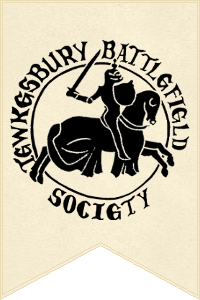April 17th 1471: Exeter
Rougemont Castle today.
Margaret arrived in Exeter with her small party of Lancastrian nobility. They were in a heartland of Lancastrian support, though there were dangers even there.
They would doubtless have lodged at Rougemont Castle, built strongly into the Roman walls of the city, a castle seized by the previous Earl of Devonshire. The powerful Courtenay family, though, was divided. Sir John Courtney, the Earl, had a distant cousin, Sir William Courtenay, who had married into the Bonville family, Yorkists and long-time enemies of the Earl. He owned Powderham Castle, a few miles from Exeter, which had been the scene of many skirmishes between the two branches of the family, and in 1455 it had been besieged by 1,000 men, leading to a pitched private battle. There was no love lost, and the Courtenay family branches were irreconcilable. The presence of an enemy so close to Exeter meant that the Lancastrians would have been on their guard.
In Exeter, the Lancastrians got to work. The Arrivall writes that they sent for Sir John Arundell of Lanherne (Cornwall), Sir Hugh Courtenay of Boconnoc (Cornwall) and many others on whom they had any trust, and, in substance, they arrayed the whole might of Cornwall and Devonshire. The ‘whole might’ would have included Henry Barrow, Sir John Basset, Sir Sentclere Pomeroy, Sir Thomas Cruwys, Sir William Cary and many others.
Margaret’s, or maybe Somerset’s, plan was to pause a while in Exeter to recruit a sizable army and then move northwards, collecting men to whom they had written along the way, particularly the Welshmen who Jasper Tudor was recruiting. The destination was Lancashire, where the formidable archers of Cheshire and Lancashire, loyal to the cause, would join them. Only then, with a sizable army, would they face the might of King Edward.
Exeter must have been a very busy place.

